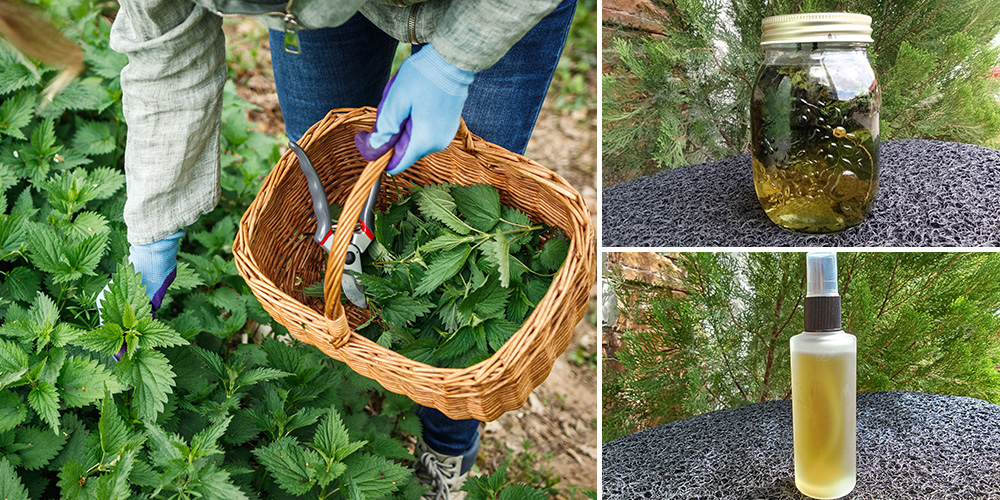
Homemade Antiseptic Nettle Spray
Alcohol, hydrogen peroxide, and boric acid are well-known antiseptics that can kill and stop the spread of microorganisms. They are also known to be harsh, especially when applied to the skin.
Herbs have a wide selection of natural alternatives to antiseptics such as the notorious stinging nettle. Notorious, because stinging nettle is known to cause skin irritations upon contact yet may ironically stupor allergies with its natural antihistamines.
Stinging Nettle Antiseptic
Stinging nettle (Urtica dioica) is a perennial herb popular for its stinging leaves, which makes it a dreaded weed in the wild. However, nettle is nutrition-dense and can be made into a nutritious and medicinal potherb. Blanching the herb can deaden the sting to make it safe for consumption.
My grandma used to do something ‘horrific’… Whenever she had arthritis pain, she would take some nettle plants and sting herself in the areas that were hurting (usually her back and knees). I was never a fan of this practice… But I did find other remedies that don’t imply stinging myself.
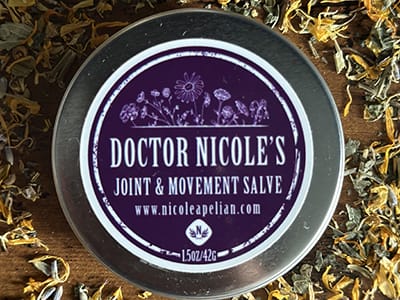 I take care of inflammation with nature’s best anti-inflammatory remedies: Cayenne, Arnica, Calendula, St. John’s Wort and Cottonwood Buds. They’re potent enough by themselves, but I found them all put together in a single soothing Anti-Inflammatory Salve. It made miracles on my joints, and the reviews on the product are overwhelmingly positive…
I take care of inflammation with nature’s best anti-inflammatory remedies: Cayenne, Arnica, Calendula, St. John’s Wort and Cottonwood Buds. They’re potent enough by themselves, but I found them all put together in a single soothing Anti-Inflammatory Salve. It made miracles on my joints, and the reviews on the product are overwhelmingly positive…
Antiseptic spray preparation of stinging nettle is an uncommon practice. But, its resulting solution is very beneficial, especially in preventing the spread of pathogens.
Stinging nettle and its water extract have shown antioxidant and antibacterial properties against multi-drug resistant strains, according to a conducted study in the American Journal of Plant Sciences.
It contains alkaloids, flavonoids, flavonols, lignans, tannins, phenols and saponins which contribute to its antimicrobial effectiveness.
As an antiseptic, stinging nettle can kill microorganisms on the surface. Disinfecting surfaces and the skin prevents the spread of many types of bacteria and potentially harmful diseases.
This is especially important with the cold and flu season around the corner. I’ve already started stockpiling a remedy that works like an antibiotic: Usnea. I’ve used it internally in past years, and it’s like a powerful shield against viruses.
I got the tip from a friend, and now I can’t imagine getting through the cold season without this powerful natural antibiotic. If you want to make sure you stay away from catching colds or flu, I recommend this spray. It’s the same that I use and I love it. See what else it does to your body here.
Uses of Stinging Nettle Antiseptic Spray
A spray made from stinging nettle, either fresh or dried, is an inexpensive alternative to alcohol-based antiseptic sprays.
Some of its uses are:
Surface Disinfection
Applying nettle spray on your countertops, floors, tables, beddings and other spaces can effectively reduce the growth of bacteria. It is best for general home use but not in medical and public settings. Water-based stinging nettle spray is a gentle cleanser and antiseptic that will not ruin paints, ceramics and other surface materials.
Hand Wash
Stinging nettle spray can be used as a hand wash and hand sanitizer. In addition to proper hygiene, applying antiseptic sprays reduces the chance of infection. Stinging nettle’s antiseptic property can effectively kill and reduce microorganisms on the skin.
Wound Healing
Aside from its bacteria-killing action, stinging nettle spray is also an excellent anti-inflammatory herb. Its water extract can be used as a wound wash to promote faster wound healing. Stinging nettle water may also stop external bleeding and treat burns.
When making stinging nettle remedies at home, most likely you’re going to get rashes from being stung. I hate when that happens, it just takes away my mood from cooking or making remedies. Here’s how I heal my cuts, rashes, eczema, and swelling. I’ll leave a link for you here!
Treat Skin Allergies
Contact with fresh stinging nettle can cause urticaria or skin allergies. But, applying a stinging nettle spray can also cure the hives it causes as well as allergies from other sources. Stinging nettle spray can be applied to eczema, acne and other skin problems to cure the itching and reduce inflammation.
Prevent Skin Infections
It is rare in minor cuts, but some wounds are susceptible to inviting pathogens, which may lead to infections. Treating it with the powerful antiseptic nettle spray helps prevent such infections and related diseases like sepsis and putrefaction. It works well on minor skin abrasions, wounds and cuts.
Get Rid of Dandruff
Antiseptic herbs like stinging nettle are not only effective against bacteria, viruses and fungi. Its topical application also prevents dry scalp to discourage the growth of microbes. Stinging nettle inhibits the overgrowth of fungi and bacteria such as Staphylococcus aureus which are responsible for dandruff and follicle damage.
Prevent Hair Loss
Stinging nettle has been used as a hair rinse and tonic for centuries to prevent premature hair loss. Topical application and internal consumption of stinging nettle can block the hormone DHT (Dihydrotestosterone), which is responsible for some types of hair loss.
Since this is a major issue, because it affects self-confidence and overall quality of life, I’d recommend you to use rosemary as well. This is also a hair growth booster. You can make a tincture in a couple of weeks out of those ingredients and mix them with your shampoo. This way you’ll be able to incorporate herbal remedies in your routine without even noticing.
The only downside to that is the shampoos you buy at the store contain chemicals. Try reading all the ingredients when you have a minute. I bet you didn’t know what you were putting in your hair. The best solution to that is to make your shampoo at home.
And trust me, it’s not as complicated as it sounds. I followed a simple recipe on page 278 of this guide.
Biological Spray
The use of stinging nettle is not limited to human benefits. It also plays a remarkable role in agriculture. Stinging nettle spray made from the fresh plant can treat and prevent pest infestations in plants. A slurry of its fresh leaves and stem is used as a fertilizer or liquid manure which can act as a complete fertilizer.
Other Benefits of Stinging Nettle
Stinging nettle has natural antihistamines that can help relieve symptoms of allergies and reduce inflammation. It is also excellent in preventing and treating the following conditions:
- Internal bleeding
- Osteoarthritis
- Nervous and cardiovascular disorders
- Anemia
- Respiratory problems
- Kidney and bladder diseases
- Labor pains
- Benign prostatic hyperplasia
- Menopausal vaginal atrophy
Preparing a Stinging Nettle Antiseptic Spray
Stinging nettle is a pesky weed that not everyone is very fond of. It does not have a distinctive scent nor beautiful blooms, only irritating and painful prickles.
Many gardeners value stinging nettle as a pest repellent, fertilizer, and mulch for the benefit of other plants.
It was also subjected to clinical trials to determine its therapeutic properties. It is now made available in different medicinal forms like tinctures, capsules and ointments.
In its natural form, stinging nettle can be used as a potherb, infusion, decoction, or nettle spray.
Since this recipe is water-based, it has a short shelf life and must be refrigerated between uses or mold will grow. It should last between 3-7 days if refrigerated properly. A tincture would last way longer and would be more potent as the extraction is more powerful.
If making remedies yourself is not your first preference, don’t worry. I’ve got your back! You can get the highest quality Stinging Nettle Tincture from Nicole Apelian’s Apothecary. They are non-GMO and 100% organic. Hands down the best place you can get already-made herbal remedies. Have a look!
To make an antiseptic nettle spray, use either fresh or dried stinging nettle leaves. This recipe is also safe for consumption if you intend to take it internally.
Ingredients
- ¼ cup dried stinging nettle leaves (1/2 cup, if fresh)
- 2 cups boiling water
Steps
- Put the dried nettles in a mason jar.
- Pour boiling water into the jar.

- Let sit for at least 4 hours or overnight.

- Strain the infusion.

- Transfer into a spray bottle.

 To use: Spritz the nettle spray into the skin and around the painful area. To use it for the hair, wash and dry your scalp and thoroughly apply the nettle spray. Gently rub and massage into the scalp to stimulate blood circulation in the roots.
To use: Spritz the nettle spray into the skin and around the painful area. To use it for the hair, wash and dry your scalp and thoroughly apply the nettle spray. Gently rub and massage into the scalp to stimulate blood circulation in the roots.
Alternatively, you can use the recipe as a tea by adding honey or your desired sweetener and drinking it twice a day.
You may also use it as a foot soak to relieve aching joints and muscles.
Please note that people react to stinging nettles differently. Before using it topically, conduct a patch test on a small portion of the skin. Do not use nettle spray if an allergic reaction occurs.






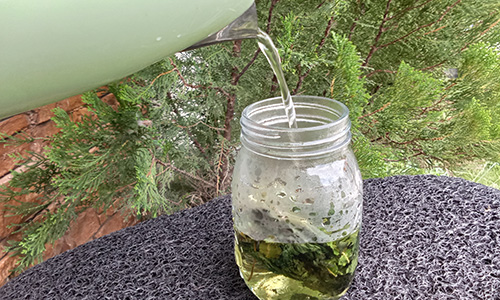
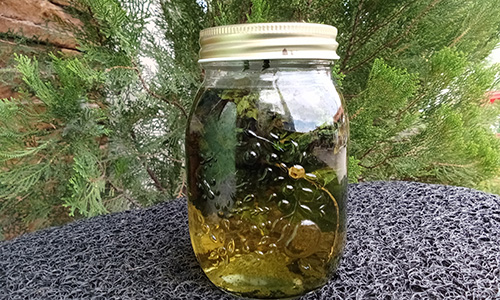
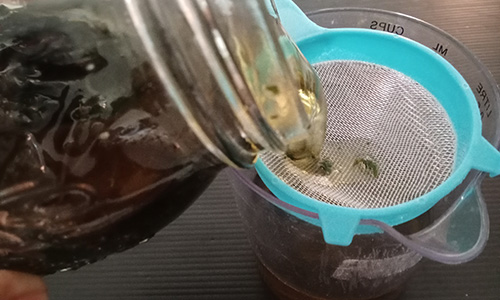

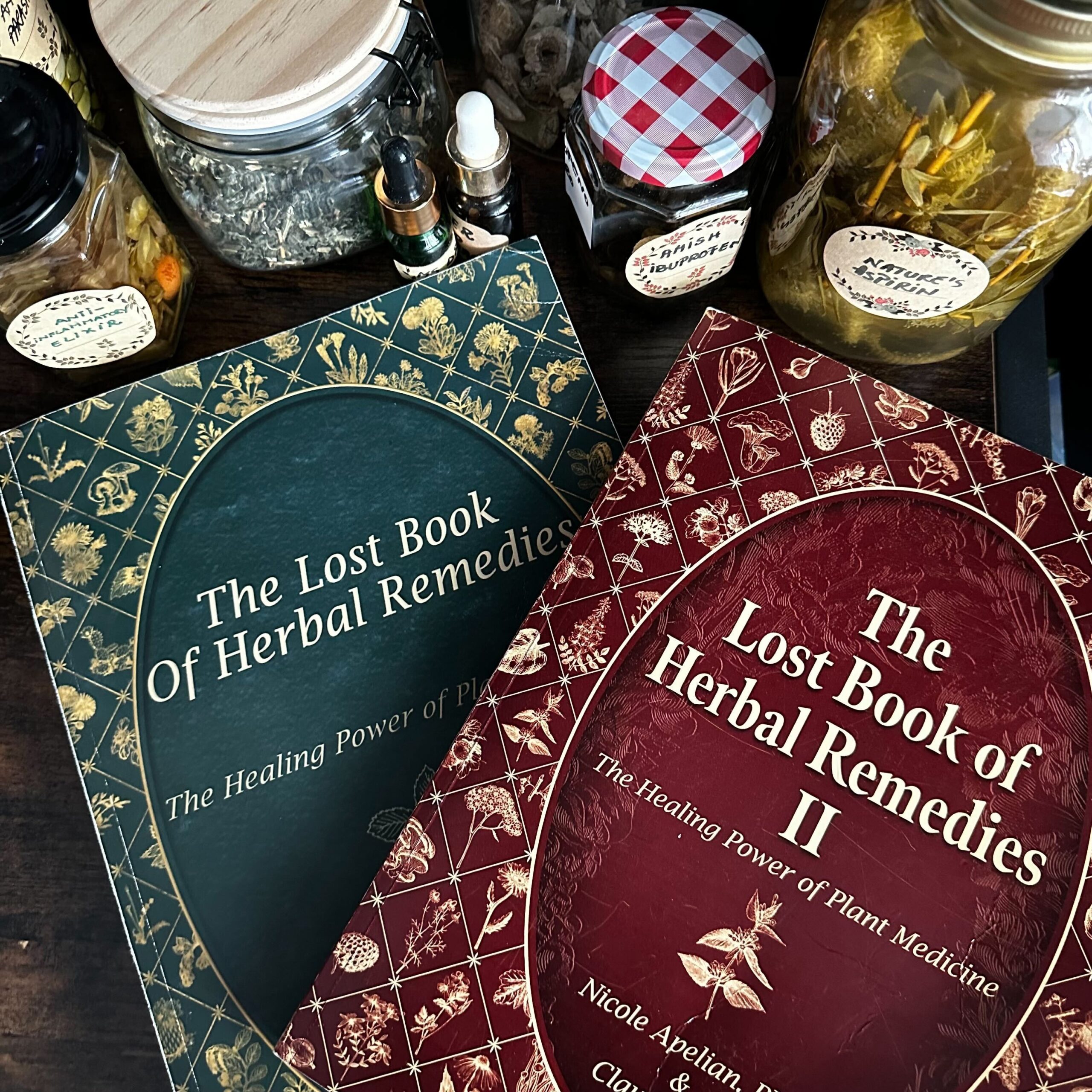

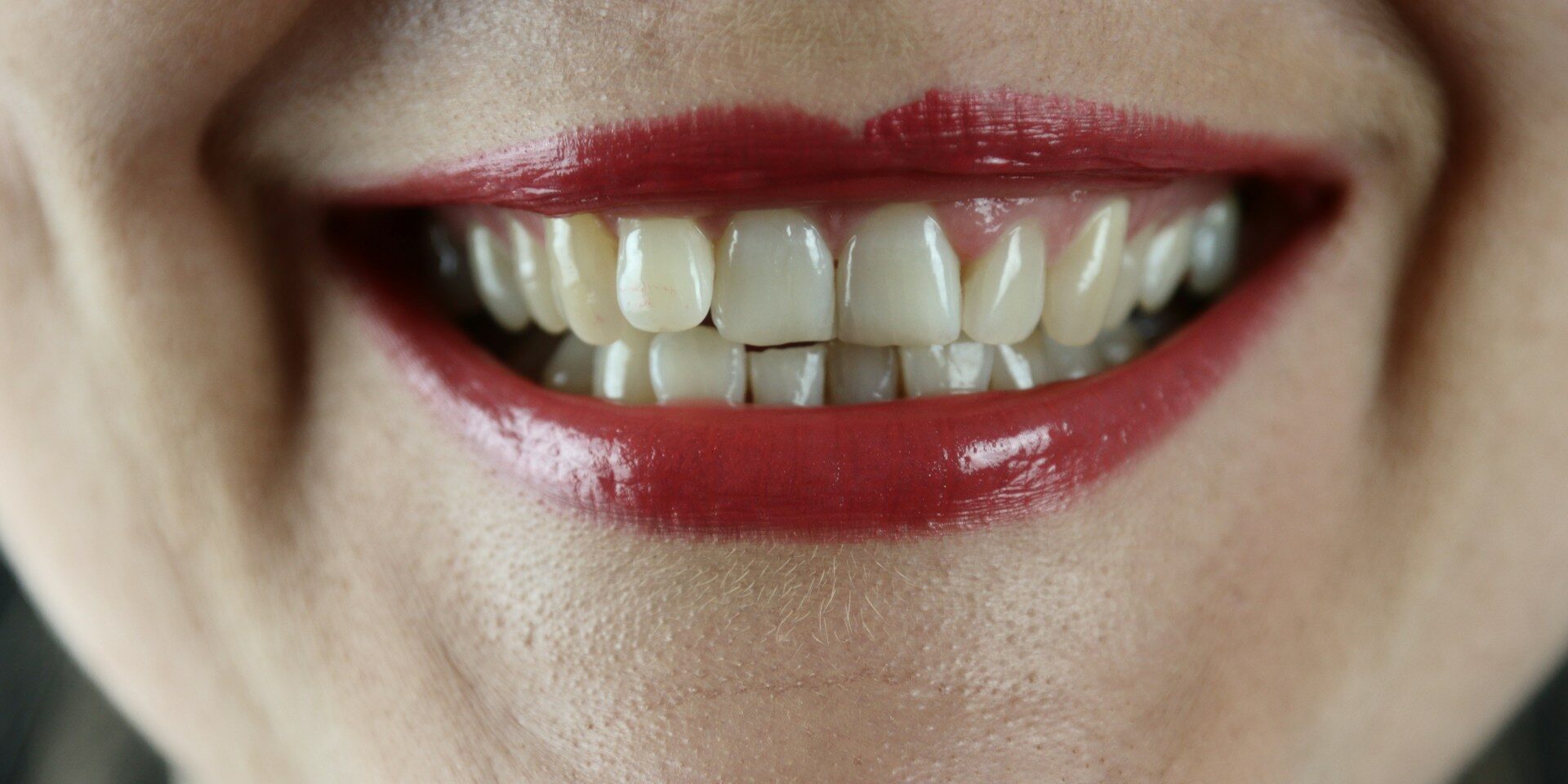

Thank you for that
Twice in the last two years my mom has been stung (around 20 times each occurrence) by ground hornets. Now most people would head to the hospital after being stung that many times but not my mom (only once in her life has she ever asked to go to the hospital). Lost for a way to help her deal with the pain & itching I decided to try making her some tea using stinging nettles. It didn’t completely get rid of it but it eased the pain and allowed her to relax. That’s when she became a full believer in my herbal stuff. I have also drank the tea when I have itchy legs (from diabetic ulcers). I never thought about making a spray from it and using it topically but I can’t wait to try it. Thanks for all you do! God Bless!